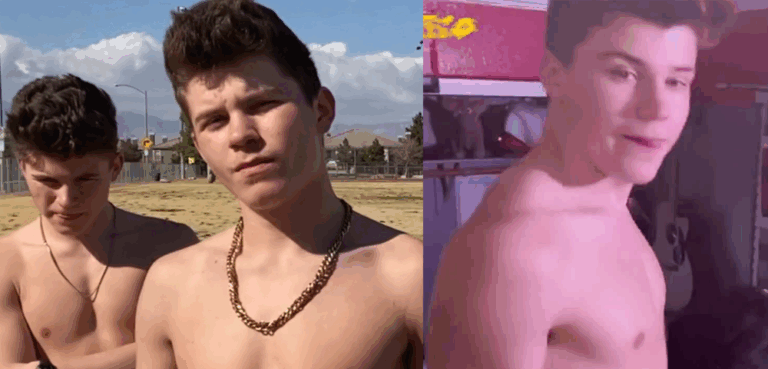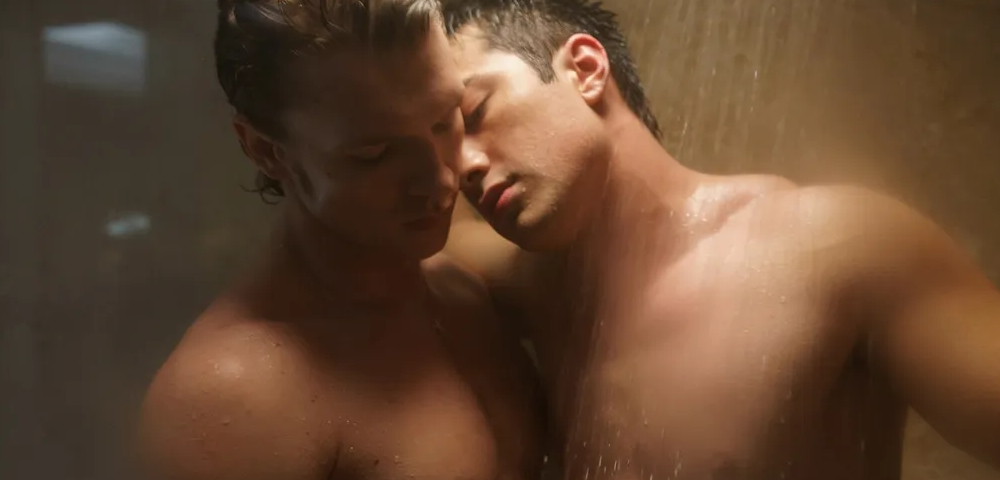
The Power Of Pink Hair: Being Queer In The Classroom

Wear It Purple Day holds particular significance to me as both a proud gay man and a teacher. This August, I once again find myself reflecting on the importance of this day, and of visibility.
Teaching was never something I thought I would end up doing, and my early experiences in the industry were not particularly positive.
Early in my career, I taught at a school where being gay was not treated as acceptable – to the point where I was excluded from my job when my sexuality became common knowledge. After this, it took a long time before I was ready to return to the classroom.
Fast forward ten years, and I was beginning to feel confident enough to experiment with my self expression as a gay man. Gone was my mundane brown hair, and I cycled through countless different bright colours depending on my mood.
I eventually settled on pink hair, styled in a striking mohawk. It became my chosen mode of self-expression to represent my pride. Pink hair is of course not exclusively synonymous with being queer, but for me, it became symbolic.
I re-entered the teaching world looking like this. While my confidence in my queer self-expression had grown in the last decade, returning to the industry with flamingo-coloured locks made me understandably apprehensive. But my self-confidence prevailed, and I thought, “What the hell, I’m going to go for it”.
I started as a supply teacher. At the primary schools I worked at, the kids loved my hair, naming me ‘Mr. Unicorn’.
Eventually I found myself at my current school, working with high school students. While my principal was initially a little apprehensive – coloured hair just wasn’t something they did there – she came to realise the deep importance my hair had to me. She accepted me as I am, and I became the fully fledged rainbow teacher that I am today.
My school is a beautiful place to work, and it’s been a great opportunity for me to see the positive effects that visibility of queer teachers can have.
When we’re studying, LGBTQI+ teachers are explicitly told to hide any sexuality or gender-diverse identity that’s outside heteronormative ideas; keep it all hidden, non-existent. But the pressures of hiding my existence at work exhausted me – it had felt like every sideways stare was speculation or accusations.
Now there are no secrets to hide. I feel the freedom to embrace being myself. Ten years on from my first teaching experience, I had re-entered the classroom with my pink hair – turns out, it’s my super power.
Recently, a conversation happened that I will never forget.
While enjoying a drink at my local hotel, a young person in his twenties approached me. He told me he’d attended high school in the area at a different school.
“I just wanted to thank you,” he said.
“I had a terrible time being gay when I was at school. My school didn’t accept me, the other students were really horrible to me,” he said with tears in his eyes.
“But seeing you out there in the community, it made a difference.”
“I saw you with your pink hair and your husband and your son and seeing that you existed and you were here and you were happy, that was the most powerful thing I’ve ever seen.”
“You saved my life. I knew that I wasn’t alone, and I knew that people like you were out there and that was enough for me to keep on going.”
It’s moments like that that make Wear It Purple Day so significant.
It shows the continuing need for us to be visible for young LGBTQI+ people. Because when our young people see us living our authentic selves, they know that it’s okay to do that – and one day, they’ll be able to too.
Just by the sheer act of visibility, we empower our young people, in more ways than we ever know.










